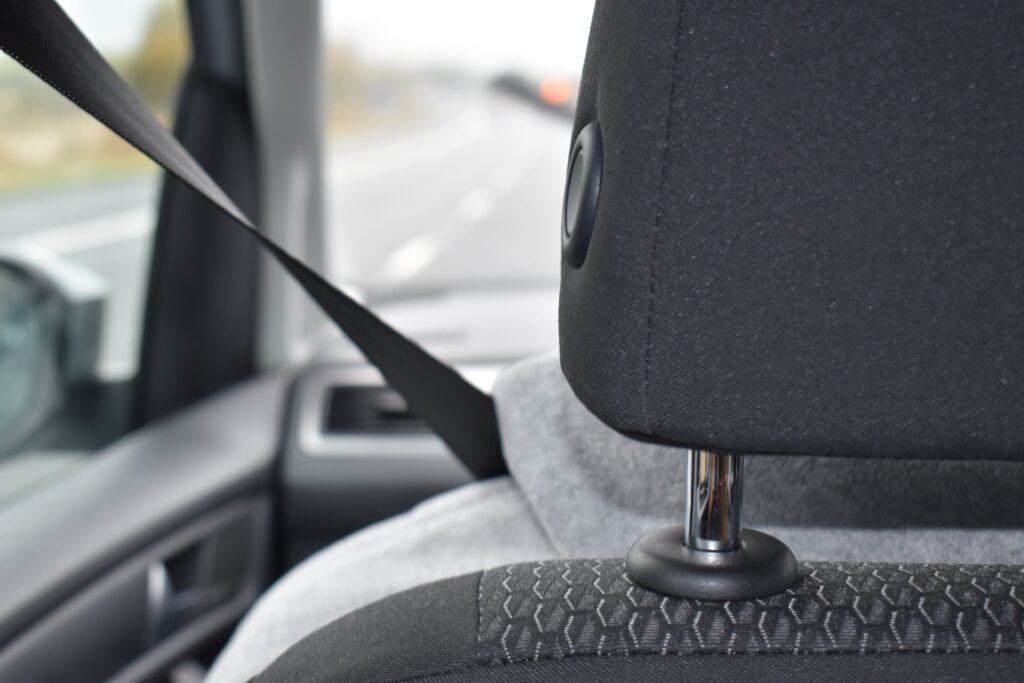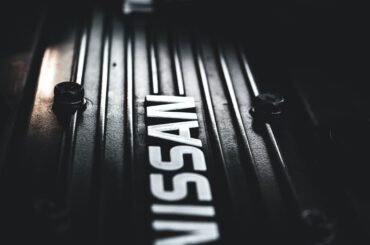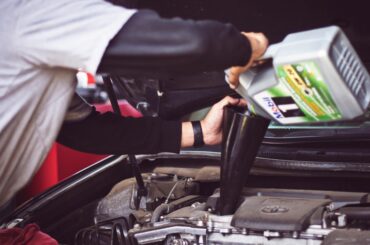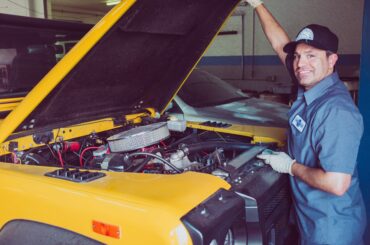Contents
Seat Belt Folded in Retractor – Introduction
Seat belts are a cornerstone of automotive safety, serving as the first line of defense in protecting vehicle occupants during accidents and sudden stops. However, there are instances when the seemingly straightforward act of using a seat belt can become unexpectedly complex. One such issue is when a seat belt becomes folded or twisted within the retractor mechanism. In this article, we’ll delve into the various causes behind this predicament, the associated risks, and provide practical solutions to address the issue.

Causes of Seat Belt Folding in the Retractor:
- Quick Retraction: One common cause of seat belt folding is attempting to retract the belt too quickly after buckling up. This hasty motion can cause the belt to twist or bunch within the retractor, making it prone to folding.
- Obstructions: Objects or debris on the seat or lodged within the retractor can impede the smooth retraction of the seat belt. As the belt retracts, it may fold or bunch around these obstructions, leading to entanglement.
- Twisting: Twisting the seat belt while wearing it, whether by accident or as a habit, can result in tangling and subsequent folding within the retractor. This is more likely to happen with the continuous use of a twisted belt.
- Improper Use: Misusing the seat belt, such as inserting it into the wrong buckle or not allowing it to retract properly, can lead to folding. This improper use prevents the belt from aligning correctly within the retractor.
Risks Associated with Folded Seat Belts:
When a seat belt becomes folded or twisted within the retractor, it gives rise to several risks:
- Reduced Effectiveness: A folded seat belt may not be able to distribute the force of a collision or sudden stop as effectively as an undamaged and properly positioned seat belt. This reduction in effectiveness increases the risk of injury during an accident.
- Difficulty Buckling: A seat belt that is folded or twisted may not easily buckle up, causing inconvenience and delays, especially during emergency situations when quick access to the seat belt is crucial.
- Increased Wear and Tear: Continuous use of a folded seat belt places additional strain on the belt material and its components. This can lead to excessive wear and tear, potentially reducing the overall lifespan and effectiveness of the seat belt.
- Discomfort: Folded or twisted seat belts can be uncomfortable for passengers, making long rides less enjoyable. Discomfort can also be a distraction to the driver, affecting their focus on the road.
Solutions for Dealing with a Folded Seat Belt:
- Gently Pull and Release: If you notice your seat belt has folded or twisted, the first step is to gently pull the belt all the way out and then allow it to retract slowly. This controlled motion can often help the seat belt straighten itself out within the retractor.
- Inspect for Obstructions: Carefully check for any objects or debris that may be obstructing the seat belt’s retraction path. Remove any items that may be causing the issue.
- Untwist the Belt: If the seat belt is twisted, patiently and carefully untwist it by hand to ensure it retracts smoothly without folding. This may require some manual dexterity but can be an effective solution.
- Seek Professional Help: If the seat belt remains folded, twisted, or otherwise compromised and you are unable to rectify the issue on your own, it’s advisable to consult a professional auto technician or a certified seat belt repair service. These experts can conduct a thorough inspection of the belt, retractor, and other components to ensure they are in good working order.
- Preventive Measures: To reduce the risk of seat belt folding, make a habit of using seat belts properly. Ensure that they retract smoothly without any obstructions or entanglements. Avoid sudden and forceful retraction, as it can contribute to folding issues.
A seat belt folded or twisted within the retractor may appear to be a minor inconvenience, but it has far-reaching implications for passenger safety. In the event of a collision, a properly functioning seat belt is often the difference between minor injuries and more severe harm.
To ensure the effectiveness of your seat belts, it’s vital to address any folding or twisting issues promptly. By following the practical solutions outlined above and practicing proper seat belt use, you can help maintain the safety features of your vehicle in optimal working condition, providing the protection you need in case of an accident or sudden stop. Remember that when in doubt or when facing persistent issues, seeking professional assistance is a wise choice to inspect and repair your seat belt system and ensure your safety on the road.
How To Unlock a Locked Seatbelt Retractor. How To Fix A Locked/Stuck Seatbelt: https://m.youtube.com/watch?v=FZ8tqJ2wtR4&pp=ygUdU2VhdCBCZWx0IEZvbGRlZCBpbiBSZXRyYWN0b3I%3D

Conclusion: Safeguarding Seat Belt Effectiveness
In conclusion, the folding or twisting of a seat belt within the retractor is a seemingly minor yet significant issue that can impact passenger safety and convenience. Understanding the various causes, risks, and solutions associated with this problem is crucial for maintaining the effectiveness of seat belts in vehicles.
It is essential to recognize that even seemingly minor issues with seat belts can have far-reaching consequences, particularly in the event of a collision or sudden stop. A properly functioning seat belt is often the first line of defense against injuries during such incidents.
The provided solutions, from gentle pulling and inspecting for obstructions to seeking professional assistance, offer practical steps to address and rectify folded seat belt issues. Preventive measures, such as using seat belts properly and avoiding forceful retraction, can also help minimize the risk of such problems.
Ultimately, the goal is to ensure that seat belts remain in optimal working condition, providing the protection and safety that they are designed to deliver. Whether through self-maintenance or professional assistance, the safety and well-being of vehicle occupants should always be the top priority when dealing with seat belt issues.
More Links:
The Definitive Guide: Should I use a torque wrench to tighten my oil drain plug? (2023): https://motorpet.com/should-i-use-a-torque-wrench-to-tighten-my-oil-drain-plug/
Why Does Oil Smell Like Gas? Understanding the Aroma of Automotive Lubricants: https://motorpet.com/why-does-oil-smell-like-gas/
Can a Serpentine Belt Stretch? Understanding Belt Wear and Maintenance: https://motorpet.com/can-a-serpentine-belt-stretch/






